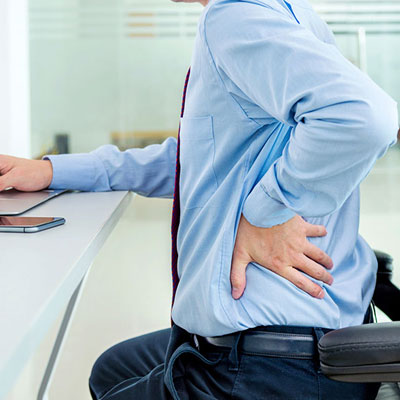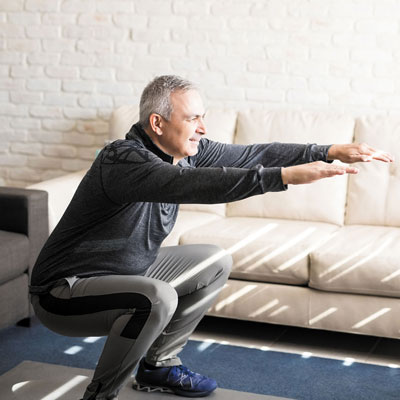Lower back pain is one of the most common medical problems in the world affecting more than 80% of adults at some point in their lives. It is a leading cause of disability as well.
Modern lifestyle involves prolonged periods of sitting at work and a sedentary living after work. While sitting has been linked to a higher risk of diabetes, heart disease, cancer, it is also a risk factor for the development of low back pain.


The pelvic girdle supports the weight of the upper body whilst sitting and transfers the weight from the upper body to the lower body when standing. Several muscle groups from the trunk and lower limb are attached to the pelvis and provide pelvic stability and alignment. Most muscles have an opposing muscle (antagonist) that provides an opposing force or movement of the joint. The opposing muscles of the pelvic girdle include hip flexor/ extensors, hip abductor/ adductors, hip internal/ external rotators. The abdominal muscles, and the muscles of the spine also contribute to pelvic stability.
Consult chronic back pain specialist in Hyderabad for back pain treatment at pain management clinics in Hyderabad.
In the sitting position, the curvature of the spine is lost and spine becomes more straighter. The spine muscles engage continuously to stabilize and maintain the straighter spine. Furthermore, there will be more axial loading on the intervertebral discs, vertebral end plates and facet joints.
Every joint in the body has a small amount of fluid (synovial) fluid which not only provides lubricatin but also nutrition to the cartilage inside the joints. Movement and compression of the joint are needed to produce the fluid. During sitting for prolonged periods there is neither and so the fluid production decreases and this causes the joint to degenerate and wear down early.
All these contribute to a healthy spine, hips and knee.
Disclaimer: If you are already suffering from back, hip or knee pain supervised training is needed.
Subscribe our news letter to get new updated and events